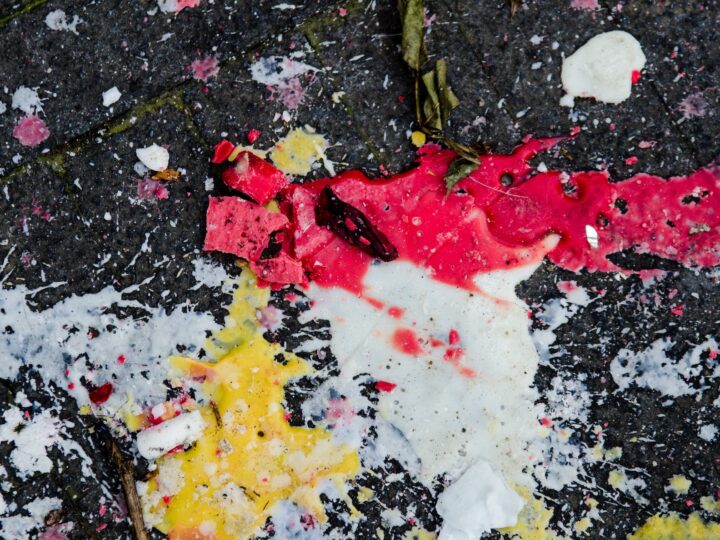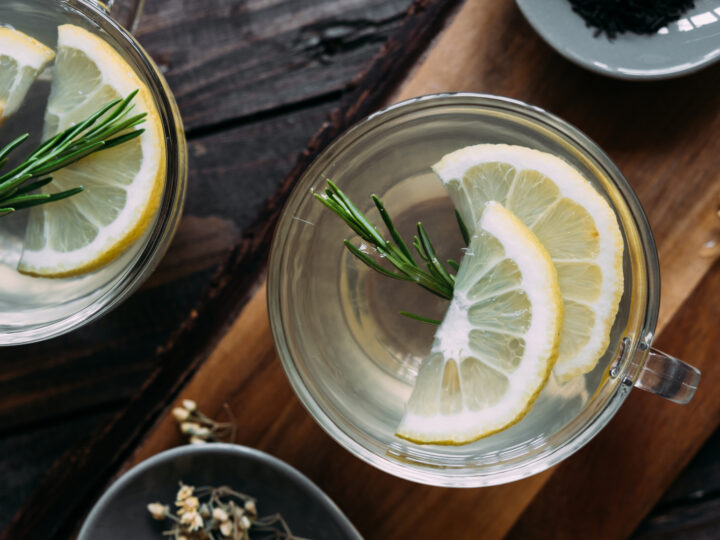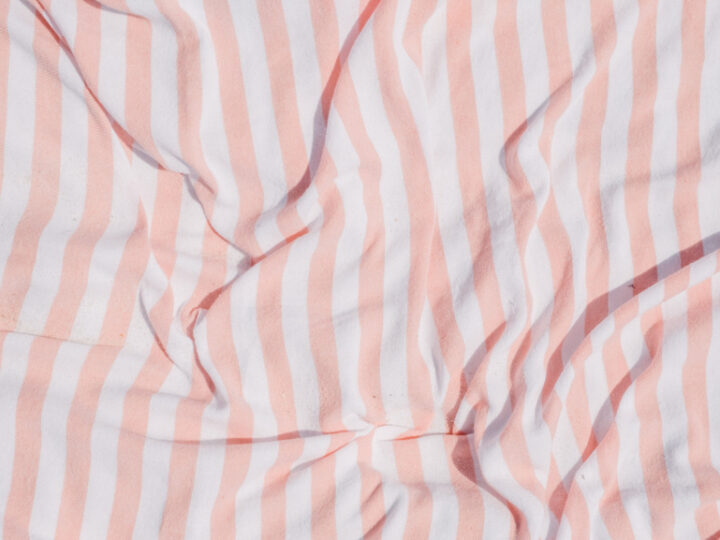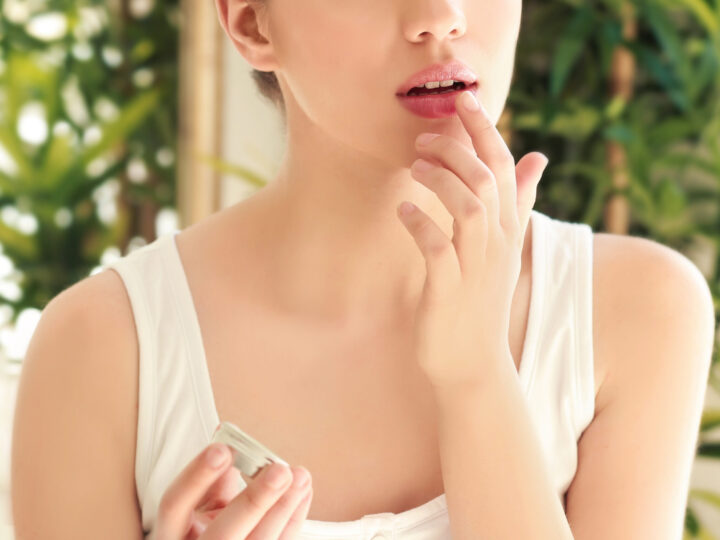FEELING FOLLICALLY CHALLENGED?
5 Traditional Chinese Medicine Tips
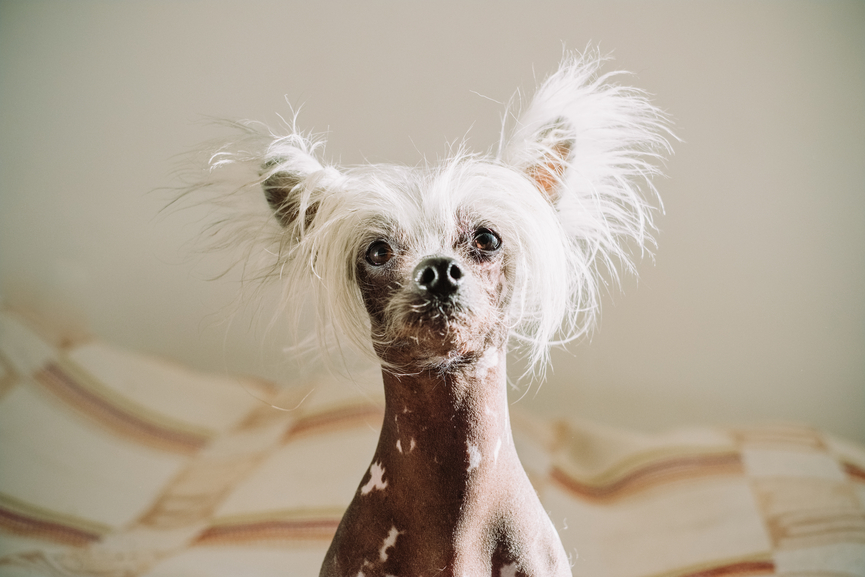
Those who are follically challenged might be suffering from hair loss, bald spots, or complete loss of hair. This can be caused by hormonal imbalances, reactions to medication, lack of proper nutrition, or simply genetics. Thinning hair can be quite distressing, but luckily practices of Traditional Chinese Medicine (TCM) can help prevent further loss or revive those sleepy hair follicles.
What’s Causing Your Hair Loss?
You specific type of hair loss condition can affect which treatments to use and how likely they are to restore hair growth. The most common type of hair loss is called androgenetic alopecia. This condition affects 50 million men and 30 million women in the United States and is what most of us call “male (or female)-pattern baldness”. A hereditary condition, balding typically occurs slowly across the head over the span of several years or decades.
Other hair loss conditions include telogen effluvium, a short-term yet rapid loss of hair (about 500 strands per day) that is often triggered by a massive shift in hormones or depletion of important minerals. Anagen effluvium is the term used to describe hair loss due to medical procedures, like chemotherapy. The final common type of hair loss is alopecia areata. This autoimmune condition is what we typically refer to as alopecia, in which case the hair on the head, face, and limbs falls out.
In Traditional Chinese Medicine (TCM), it’s believed that the two factors required for healthy hair growth are good flow of both qi, or energy, and blood to the scalp. It’s believed that the Liver is in charge of storing the blood and sending it up to the head, while the Kidney is tasked with keeping the hair strong, lush, and healthy. If there’s an imbalance in either of these organ systems or a disruption in the blood or qi, the hair can suffer.
When visiting a TCM practitioner, they can diagnose specific issues that might be causing hair loss and design a custom program to treat you. The following six tips are all areas that might be included in your treatment plan.
Acupuncture
 As one of the foundational treatment elements of TCM, acupuncture might be a key part of your therapy for hair loss. Acupuncture is said to help stimulate blood circulation to the scalp and unblock any qi blockages that might be causing a disruption of the nutrients reaching your hair follicles. The TCM practitioner or licensed acupuncturist will insert very thin needles into specific points on the body based on the meridian lines, or channels of energy.
As one of the foundational treatment elements of TCM, acupuncture might be a key part of your therapy for hair loss. Acupuncture is said to help stimulate blood circulation to the scalp and unblock any qi blockages that might be causing a disruption of the nutrients reaching your hair follicles. The TCM practitioner or licensed acupuncturist will insert very thin needles into specific points on the body based on the meridian lines, or channels of energy.
The needles can remain in place for anywhere from 15 to 45 minutes and it’s often said that hair loss treatments take 10 or more visits before visible results can be seen. It’s important to note that these points could be in many different areas of the body, from your arms and legs, to your ears and face, and even on your scalp. If the idea of having needles in your head freaks you out, you can ask to avoid that portion of treatment and opt for acupressure massage instead.
Head Massage
Another way to boost circulation and wake up those hair follicles is through regular head massage. It’s said that for best results, you should massage your head in the morning and evening. At home, simply rub circles gently along the base of your neck to the crown of your head. Then move around your head following the hairline. You can also employ the use of pressure points for added stress relief. Consider getting weekly or monthly head massages from a professional masseuse or TCM practitioner for added benefits.
Not only are head massages good for circulation and stimulation of follicle growth, they can give you some much-needed relaxation time. Stress and elevated hormone levels can play into hair loss, so finding more “me time” in your day can actually help your hair!
Herbal Teas
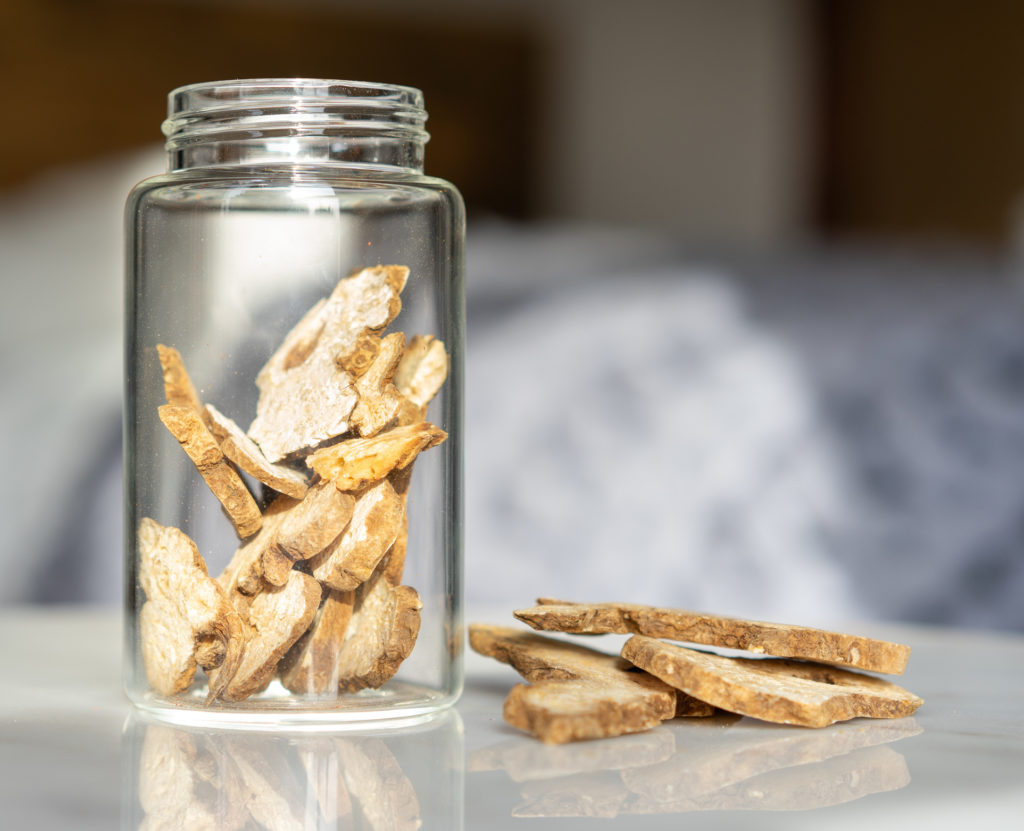 If you want to try your luck with medicinal herbs that you can get on your own, there’s a few combinations designed specifically with new hair growth in mind. In TCM, the sweet yet spicy herb known as Chinese angelica root, or dang gui, is said to strengthen and enrich the blood, increase circulation to hair follicles, and even give your immune system a boost. In addition to promoting hair growth, sipping on this tea in the mornings can promote shiny and glossy looking hair.
If you want to try your luck with medicinal herbs that you can get on your own, there’s a few combinations designed specifically with new hair growth in mind. In TCM, the sweet yet spicy herb known as Chinese angelica root, or dang gui, is said to strengthen and enrich the blood, increase circulation to hair follicles, and even give your immune system a boost. In addition to promoting hair growth, sipping on this tea in the mornings can promote shiny and glossy looking hair.
If you’re looking for a more fruity flavor to start your day, give goji berry tea a go. For hair loss stemming from an imbalance in the Liver or Kidney, goji berry can be a powerful supplement. In fact, TCM practitioners often include this medicinal fruit in treatments for many other diseases affecting these organs. Viewed as an anti-aging berry, in addition to hair health, you might also find improvements to eyesight and your ability to fight off colds.
He Shou Wu
One of the most popular hair growth supplements in TCM arrives in the form of a tea known as he shou wu. This strong and woody-tasting Chinese herb is said to help enrich the blood with nutrients and antioxidants and increase circulation. Supporters of this herb say that it helps hair regrow more quickly, grow stronger and thicker hair, and reduce the number of greys. Though some studies have been done on this herb, very few have addressed the specific effects on hair.
It’s important to note that there have been some concerns regarding he shou wu and the liver. For this reason, it’s important to contact your TCM practitioner to prescribe the right amount of he shou wu for you. If your practitioner gives you the he shou wu to make into tea at home, simply simmer a handful in boiling water for about 8-10 minutes. You can drink the tea hot or cooled.
Topical Treatments
 If you’re down to get really hands on with your hair loss treatment, consider whipping up some topical treatments. Strong and spicy flavors are said to help stimulate circulation, so many of these “scalp masks” contain ingredients like ginger or vinegar. Each of these mixtures should be applied and massaged into the scalp for several minutes before being carefully rinsed out.
If you’re down to get really hands on with your hair loss treatment, consider whipping up some topical treatments. Strong and spicy flavors are said to help stimulate circulation, so many of these “scalp masks” contain ingredients like ginger or vinegar. Each of these mixtures should be applied and massaged into the scalp for several minutes before being carefully rinsed out.
The first tincture is a combination of ginger, dictamnus, crataegus, biota leaf, and angelica. This treatment can be used up to twice daily, in the morning and evening. The second method is a chuanwu powder that is mixed with either vinegar or ginger juice and should only be used once per day. The third option is to cut up fresh slices of ginger and rub in any balding zones until a warm feeling arises. This method can be practiced up to three times each day.
Comments (0)
Leave a reply
You must be logged in to post a comment.

